The Top 10 Books Lost to Time
Great written works from authors such as Shakespeare and Jane Austen that you’ll never have a chance to read
/https://tf-cmsv2-smithsonianmag-media.s3.amazonaws.com/filer/lost-books-antique-library-631.jpg)
1. Homer’s Margites
Before the Iliad and the Odyssey, there was the Margites. Little is known about the plot of the comedic epic poem—Homer’s first work—written around 700 B.C. But a few surviving lines, woven into other works, describe the poem’s foolish hero, Margites.
“He knew many things, but all badly” (from Plato’s Alcibiades). “The gods taught him neither to dig nor to plough, nor any other skill; he failed in every craft” (from Aristotle’s Nicomachean Ethics).
It is unfortunate that no copy of Margites exists because Aristotle held it in high acclaim. In his On the Art of Poetry, he wrote, “[Homer] was the first to indicate the forms that comedy was to assume, for his Margites bears the same relationship to comedies as his Iliad and Odyssey bear to our tragedies.”
2. Lost Books of the Bible
There are 24 books in the Hebrew Bible, or Tanakh—and depending upon the denomination, between 66 and 84 more books in Christian Bibles, divided between the Old and New Testaments.
Missing from these pages of scripture are what have become known as the “lost books” of the Bible. Sometimes the term is used to describe ancient Jewish and Christian writings that were tossed out of the biblical canon. But other books are lost in the true sense of the word. We only know that they existed because they are referenced by name in other books of the Bible.
The Book of Numbers, for instance, mentions the “Book of the Battles of Yahweh,” for which no copy survives. Similarly, the First and Second Book of Kings and the First and Second Book of Chronicles names a “Book of the Chronicles of the Kings of Israel” and a “Book of the Chronicles of the Kings of Judah.” There are over 20 titles for which the text is missing.
Some of the quotations mentioning the lost books provide clues to their content. The “Book in Seven Parts,” for example, likely told readers about the cities that would be divided among the Israelites.
3. William Shakespeare’s Cardenio
Cardenio has been called the Holy Grail of Shakespeare enthusiasts. There is evidence that Shakespeare’s company, the King’s Men, performed the play for King James I in May 1613—and that Shakespeare and John Fletcher, his collaborator for Henry VIII and Two Noble Kinsmen, wrote it. But the play itself is nowhere to be found.
And what a shame! From the title, scholars infer that the plot had something to do with a scene in Miguel de Cervantes’ Don Quixote involving a character named Cardenio. (A translation of Don Quixote was published in 1612 and would have been available to Shakespeare.)
“Never mind that we would have an entirely new play by Shakespeare to watch, the work would be a direct link between the founder of the modern novel and the greatest playwright of all time, a connection between the Spanish and British literary traditions at their sources, and a meeting of the grandest expressions of competing colonial powers,” mused novelist Stephen Marche in the Wall Street Journal in 2009. “If ‘Cardenio’ existed, it would redefine the concept of comparative literature.”
4. Inventio Fortunata
In the 14th century, a Franciscan monk from Oxford, whose name is unknown, traveled the North Atlantic. He described the geography of the Arctic, including what he presumed was the North Pole, in a book called Inventio Fortunata, or “The Discovery of the Fortunate Islands.” He gave King Edward III a copy of his travelogue around 1360, and some say an additional five copies floated around Europe before the book was lost.
What followed next was a game of telephone that stretched across centuries. In 1364, another Franciscan described the contents of Inventio Fortunata to Flemish author Jacob Cnoyen, who, in turn, published a summary in his own book, Itinerarium.
Unfortunately, Itinerarium also went missing—but not before Gerard Mercator, one of the most prestigious cartographers of the 16th century, read it.
Mercator, writing to an English scientist named John Dee in 1577, cribbed word for word from Itinerarium’s description of the North Pole: “In the midst of the four countries is a Whirl-pool, into which there empty these four indrawing Seas which divide the North. And the water rushes round and descends into the Earth just as if one were pouring it through a filter funnel. It is four degrees wide on every side of the Pole, that is to say eight degrees altogether. Except that right under the Pole there lies a bare Rock in the midst of the Sea. Its circumference is almost 33 French miles, and it is all of magnetic Stone.”
When Mercator published a world map in 1569, he used this description as the source for his illustration of the Arctic—based upon the third-hand summary of a lost book written by an unknown monk 200 years earlier.
5. Jane Austen’s Sanditon
When Jane Austen died on July 18, 1817, at the age of 42, she left behind 11 chapters of an unfinished novel that “would tantalize posterity,” as Time magazine reported in 1975. In it, protagonist Charlotte Heywood visits the seaside town of Sanditon as it is being built into a resort. Austen sets the scene, develops some characters and themes, and then, just as the plot seems to take off, it abruptly ends.
Several writers have sought to finish the “lost” ending to Sanditon in Austen’s style, including Anne Telscombe, an Australian-born novelist. But if “Janeites take their author like warm milk at bedtime,” then Telscombe’s book, according to a review in Time magazine, is “watery milk.”
6. Herman Melville’s The Isle of the Cross
On a trip to Nantucket in July 1852, Herman Melville was told the tragic story of Agatha Hatch— the daughter of a lighthouse keeper who saved a shipwrecked sailor named James Robertson, then married him, only later to be abandoned by him.
The tale would serve as inspiration for a manuscript titled The Isle of the Cross, which Melville presented to Harper & Brothers in 1853. But the publisher, for reasons unknown, turned it down. And no copy of the manuscript has ever been found. In an essay in a 1990 issue of the journal American Literature, Hershel Parker, a biographer of Melville’s, claims, “The most plausible suggestion is that the Harpers feared that their firm would be criminally liable if anyone recognized the originals of the characters in The Isle of the Cross.”
7. Thomas Hardy’s The Poor Man and the Lady
This first novel by Thomas Hardy was about the on-again, off-again relationship between a son of peasants and the daughter of a local squire in Dorsetshire, England. That much is made clear in the only existing plot summary of the book—a transcribed conversation between Hardy and English poet Edmund Gosse from April 1915. But Hardy, who had written the story nearly 50 years earlier, could not recall many details, including whether or not the two characters ultimately ended up together.
What we do know from the transcript is that in the late 1860s, Hardy considered the work the most original thing that he had written—and, by then, he had written many of the poems he would end up publishing decades later. But publishers rejected his manuscript. Some scholars think that Hardy incorporated pieces of it into his later works, including the poem “A Poor Man and a Lady,” the novella An Indiscretion in the Life of an Heiress and his first published novel, Desperate Remedies.
8. First draft of Robert Louis Stevenson’s The Strange Case of Dr. Jekyll and Mr. Hyde
It is rumored that Robert Louis Stevenson wrote a 30,000-word draft of The Strange Case of Dr. Jekyll and Mr. Hyde in just three days. But when his wife, Fanny Stevenson, read it, she criticized the text, saying that it would work better if the plot served as a moral allegory.
What happened next is up for debate. One version of the story is that Stevenson, not taking the criticism so well, tossed his manuscript into a fireplace. But in 2000, some 115 years after The Strange Case of Dr. Jekyll and Mr. Hyde was written, a letter from Fanny Stevenson to W. E. Henley (a peg-legged poet, who inspired Treasure Island’s Long John Silver character), turned up in the attic of one of Henley’s descendants. In the letter, dated 1885, Fanny called the first draft “a quire full of utter nonsense,” and said, “I shall burn it after I show it to you.” Whether she actually did or not is unknown. Either way, the first draft no longer exists. Stevenson rewrote the story, and readers will never know the differences between his original vision and the now classic tale.
9. Ernest Hemingway’s World War I novel
In 1922, Hadley Hemingway, the first of Ernest Hemingway’s four wives, put the longhand originals of several of her husband’s short stories and a partial novel in a suitcase. She left Paris on a train and met Ernest in Lausanne, Switzerland. But, en route, the suitcase and its priceless cargo were stolen.
It was not until later that Hemingway would comment on the gravity of the loss. He once said that he would have opted for surgery if he knew it could erase the memory. And according to Stuart Kelly, author of The Book of Lost Books, Hemingway was known to claim, usually after a drink or two, that the debacle led to his divorcing Hadley.
He never attempted to rewrite the lost works, including the novel, which was based upon his own experiences in World War I. But Kelly argues that was for the better: “Had he spent the next ten years trying to perfect his immature jottings, we might never have seen the novels of which he was capable.”
10. Sylvia Plath’s Double Exposure
In 1962, Sylvia Plath started work on a new novel that she planned to title either Double Exposure or Double Take. She had 130 pages written, but the book was incomplete when she committed suicide on February 11, 1963.
After her death, her estranged husband, poet Ted Hughes, gained control of her estate and unpublished works. When asked about the novel in a 1995 interview with the Paris Review, Hughes said, “Well, what I was aware of was a fragment of a novel about seventy pages. Her mother said she saw a whole novel, but I never knew about it. What I was aware of was sixty, seventy pages, which disappeared. And to tell you the truth, I always assumed her mother took them all, on one of her visits.”
Only one literary critic, Judith Kroll, saw an outline for Double Exposure, and she claimed that it had to do with a husband, wife and mistress. Hughes and Plath had a troubled relationship, and so it is thought that it might have been partly autobiographical. Hughes did burn one of Plath’s journals, written in her last months, saying, in the Paris Review interview, that it was too sad for her children to see.
/https://tf-cmsv2-smithsonianmag-media.s3.amazonaws.com/accounts/headshot/megan.png)

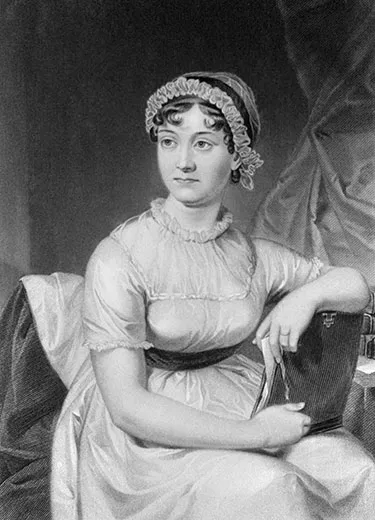
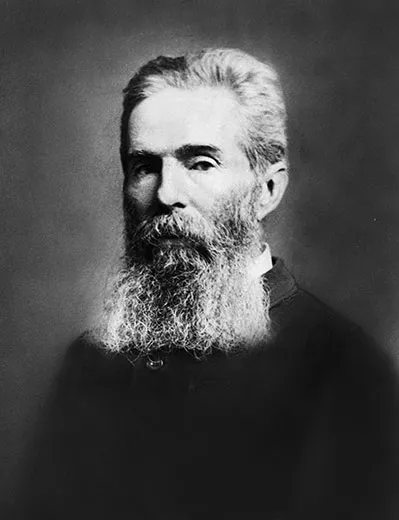
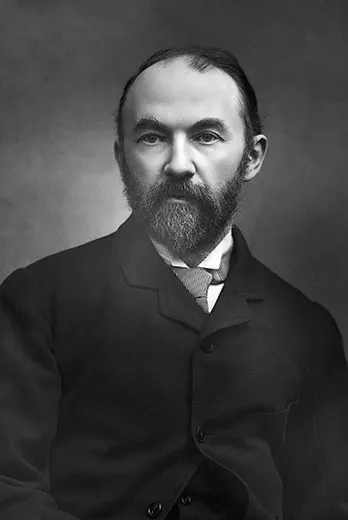
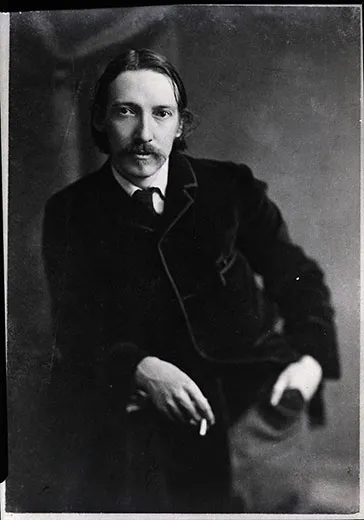
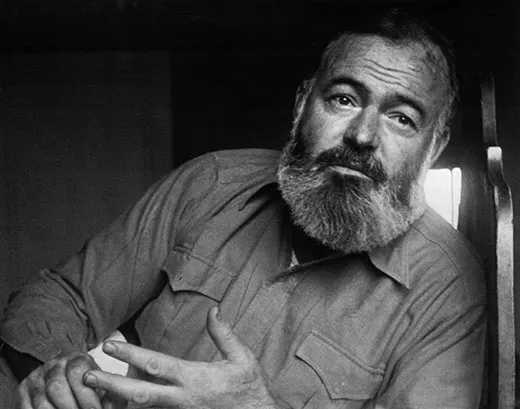
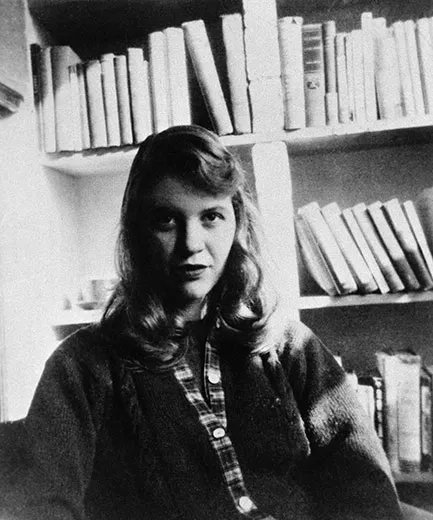
/https://tf-cmsv2-smithsonianmag-media.s3.amazonaws.com/accounts/headshot/megan.png)